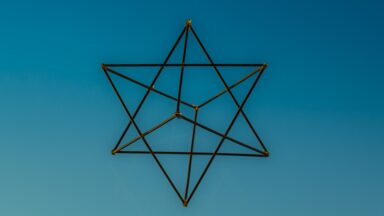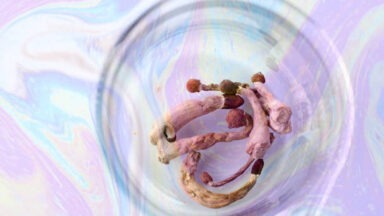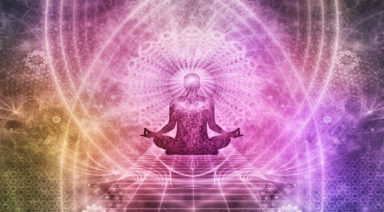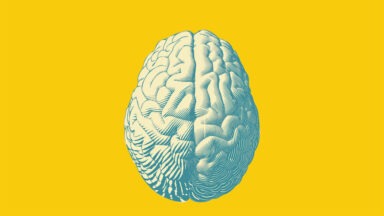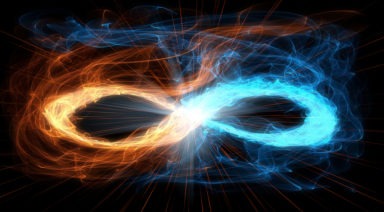The Sun May Prove Our Consciousness is Entangled at Quantum Level
The building blocks of humanity and all beings on Earth originally came from space; we are all connected physically and consciously.
Carl Sagan’s famous line, “We are made of star stuff, we are a way of the cosmos to know itself” is not just hyperbole or even theory. A 2017 study showed the six most common elements of life on Earth — carbon, hydrogen, nitrogen, oxygen, sulfur, and phosphorus — are found in stars.
This idea has been the driving force for countless astronomers, including Gaia News contributor Marc Dantonio.
“Carl Sagan was my favorite astronomer and I heard him say when he first said it, ‘We are made of star-stuff,’ Dantonio said. “That man was absolutely correct. Everything you’re made of, every atom in your body, every atom in the room around you, every single thing on this planet was once made at millions, and millions, and millions of degrees in the heart of a star. And what do they do? They explode when they’re done with their lives because they run out of their fuels. That stuff blows out from the star, and where does it go? It goes everywhere, it goes out in all directions. There are so many trillions, upon trillions, upon trillions of massive supernovae that have occurred, that the universe is littered with their debris, and their debris happens to be many of the elements on our periodic table.”
If we all come from the same source what are the implications, not just for humanity, but for the planet?
“In terms of the beings on this planet, every single creature on this planet, including the Earth itself and all the planets in our solar system, all the moons, are literally all connected because they were made from the very same solar nebula. We’re basically all family,” Dantonio said.
How does this physical, tangible connection across everything in our universe translate into our collective consciousness?
“Have you ever been in a room, you’re sitting down, and you think of someone you haven’t talked to in 10 years, and that instant they call you?” Dantonio asked. “Well, I talked about that at a conference, I mentioned that on stage, and the very first thing I said was, ‘How many of you has that happened to?’ Every single hand went up and, of course, everybody started laughing. Is that coincidence? Science tends to tell you that that’s what it is, but I don’t think it is. I think it’s something known as quantum entanglement but at a higher level. I call it the ‘brainular’ level.”
“Well, our brains were manufactured from all the elements created by the solar nebula here in this region of the universe, and perhaps, there is a link to life in general when formed in the same place in the same way. We might look different, we might be different — very different — but we might also have this link, a very primitive evolutionary link that goes all the way back to the beginning. I wouldn’t be arrogant enough, I would never be arrogant about it and say that can’t possibly happen. You can’t say that something you can’t research yet, can’t possibly happen. You just have to say, ‘It’s an interesting idea, and maybe it’s true, we just need more research,’” he said.
What should people consider when we think about the fact that all beings on earth and even our solar system are made of star-stuff?
“It means that we’re all one species that’s based on the same chemistry,” Dantonio said. “At the very least, it means that we should all be together in a variety of ways; we should all have a meeting of the minds, so to speak. Those minds, by the way, were born of this tumultuous universal beginning in the heart of a star. So, I think that moving forward, what we need to do is consider that everything that we are comes from everything that we’ve been, and comes from everything that we were made from.”
During divisive times it is important to remember we all came from the same place and we’re more alike than different.
Plant Consciousness; Do Plants Sense, Feel, and Communicate?

Just like the love we receive from our mothers and grandmothers, nature is a life-giving, lovable, and powerful healer. Is this interconnectedness and interdependence born from nature’s pre-engineered biology, or is there a type of plant consciousness? Are they sentient beings, with the ability to sense, feel, fathom, and communicate? The answer to this is more remarkable than you might imagine.
When we wander in the forest, we might be conscious of the abundant life around us. If we allow ourselves the opportunity, we might understand that when we walk among flowers and trees, our bodies, minds, and hearts are healed in some way. As we absorb the luscious beauty around us, somehow, with limited effort, we feel cleansed from head to toe. This is not just a feeling, it’s often a reality.
We see a robust and majestic pine tree, drenched in sunlight and surrounded by wet earth. Thirty feet away we see its equally vital twin in the shade, surrounded by dry soil. Scientists say that it’s not only that the twin tree has roots that will reach to the nearby wet ground for sustenance, it’s also that these two trees share nutrients and messages via an intricate underground network. This is why the tree in the shadows is as healthy as her sunlit neighbor.
“You know what a lima bean does when it’s attacked by spider mites? It releases a volatile chemical that goes out into the world and summons another species of mite that comes in and attacks the spider mite, defending the lima bean. While we have consciousness, toolmaking, and language, plants have biochemistry.” — Michael Pollan









